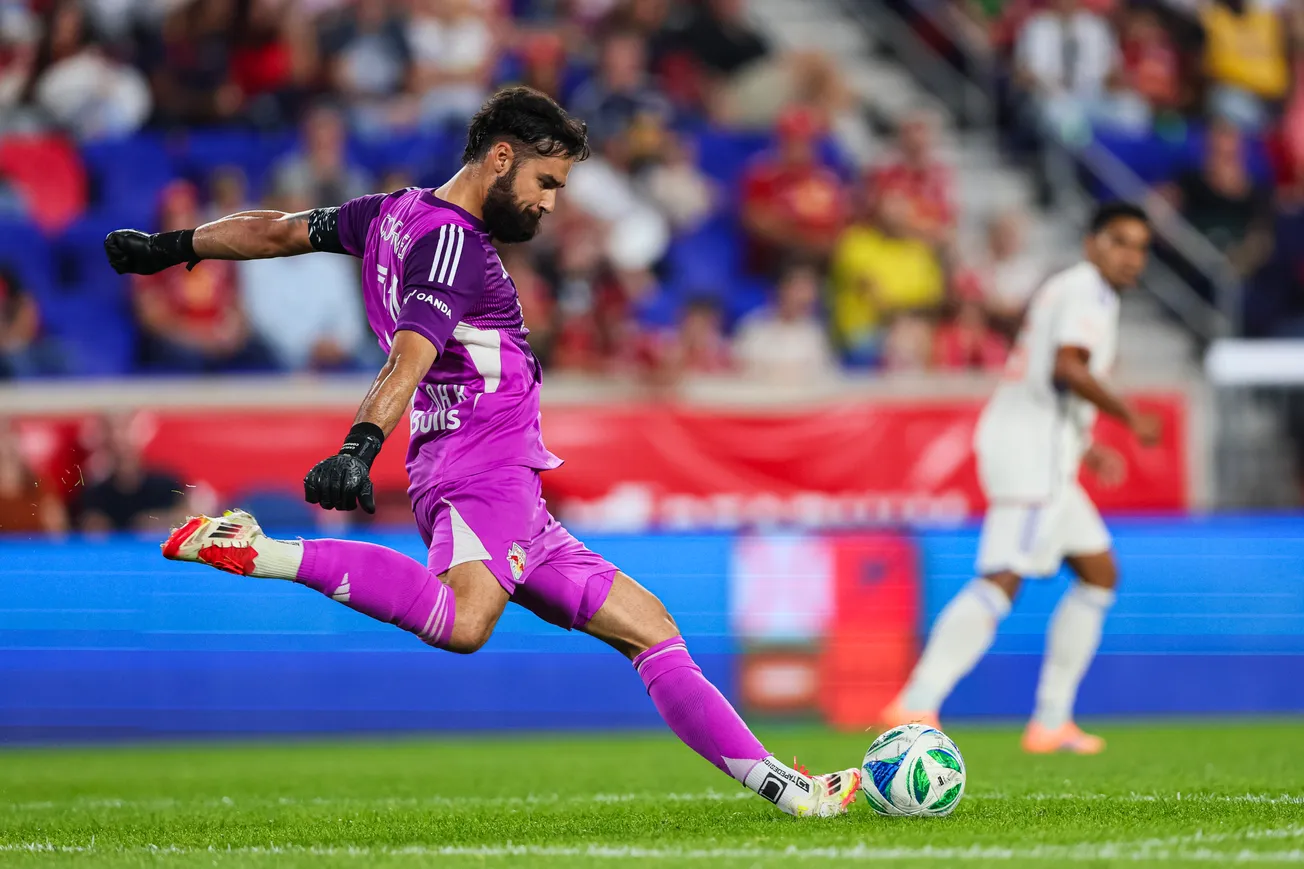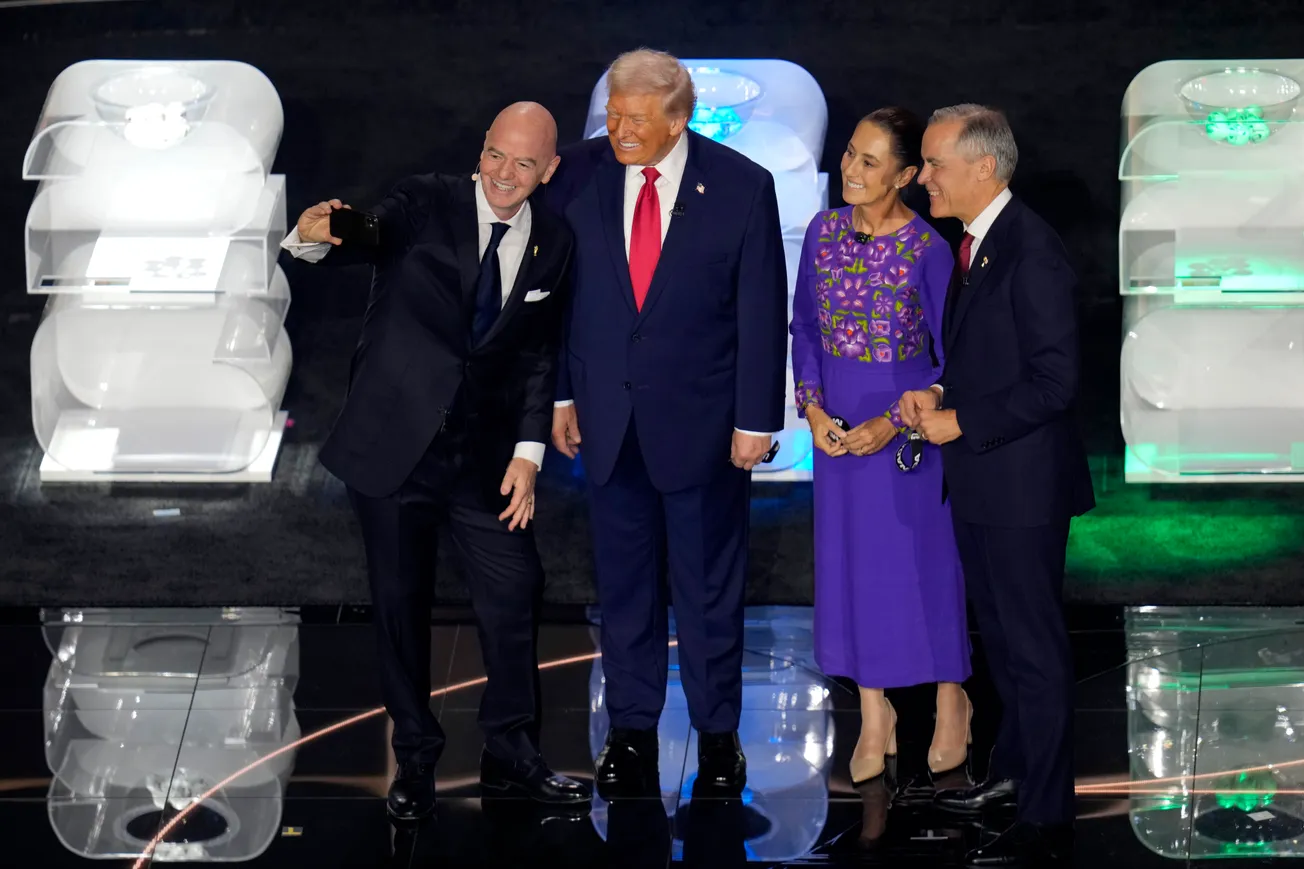The history of soccer in the United States is different from that of many other countries. While the beautiful game has been around for over a hundred years, its story here has been complicated, with moments of hope, cultural resistance, and many changes. Even though many kids play soccer, the sport often has to fight for attention in a crowded sports market.
One of the most significant moments was the start of Major League Soccer in 1996. The league was created after the U.S. hosted the 1994 World Cup to give soccer a stable professional league. MLS helped grow the sport, but its special rules—like salary caps, no promotion or relegation, and tight control over player moves—also keep it from growing faster.
You’ve probably heard that MLS is growing, and some say it could become one of the best leagues in the world because of how big sports are in the U.S. But the truth is more complicated. MLS changed from being a “retirement league” to one that brings in young players from around the world — especially South America — but the strict rules about rosters and spending still stop it from growing fully.
These rules were made to keep things fair between teams. The idea was to stop any team from spending way more than the others, so the league stayed balanced and the title race stayed open. But the downside is clear: teams find it hard to sign top players except for a few stars, and because rosters are small, those stars often play with teammates who aren’t as strong, which lowers the overall quality on the field.
The salary cap is one of the most famous — and complex — rules. It limits how much each team can spend on player salaries each year. But here’s the tricky part: the cap only applies to some players on the roster. In 2025, teams have $5.95 million to spend on the 20 players on their Senior Roster.
Many MLS owners have the financial means to spend far more than current league salary restrictions allow.
— Favian Renkel (@FavianRenkel) July 1, 2025
Loosen those rules, and the league could start producing results on the global stage.
One of the owners who has repeatedly said money is not an issue is Jorge Mas, owner… pic.twitter.com/5OMqvvyDaA
Every player on the Senior Roster counts against that budget, except Designated Players (DPs). Each team can have up to 3 DPs who can earn more than the max salary charge of $743,750, but only that amount counts against the cap. Usually, the DPs are big-name stars like Lionel Messi, Luis Suárez, and Marco Reus. But some teams use those spots for players who might not be famous but are very good, like Evander, Diego Rossi, and Hany Mukhtar.
Outside the Senior Roster, teams can have up to 10 more players on the Supplemental Roster (spots 21–30). These players don’t count against the salary cap and are usually young players, homegrown talents, or backups.
MLS teams also use General Allocation Money (GAM) and Targeted Allocation Money (TAM). These special budget tools help teams lower a player’s cap charge and give more room to build the team.
Congratulations to @InterMiamiCF on advancing to the next round of the @FIFACWC — the first @MLS team ever to reach this stage! A historic achievement and a proud moment for the league! pic.twitter.com/6oYq5nIM4q
— Don Garber (@thesoccerdon) June 24, 2025
All these rules make the system way more complicated than it needs to be. Teams must be innovative when building their squads, balancing big-name players with depth and young talent. MLS still believes this is the best way to run the league. But more than talking about promotion and relegation, the real question is: Is this the right way to move forward?
With the Club World Cup this year and the World Cup happening next year in the U.S., all eyes are on this country. Will MLS take advantage of the moment, or will it keep putting revenue and money ahead of the competitive side of the game?
While this discussion is far from over, Americans are watching South American teams like Flamengo, Fluminense, and Palmeiras prove their level on the world stage and grow their brands. Mexican teams are still dominating Concacaf. Honestly, I keep asking myself: What is the U.S. waiting for to reach that level? Because money is not the problem.








